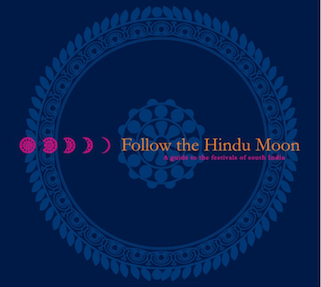|
|
|
ANALYSIS
Death
from Satara temple
stampede was avoidable
Law-abiding
people in crowds feel safely anonymous and turn aggressive. Governments and
religious leaders must learn to avert stampedes
of the Satara kind, says ERIC KOO PENG KUAN
What
is India News Service
29 January 2005
A
simple coconut breaking ritual at a Hindu temple in Maharashtra and a freak
accident of something going wrong led to a mad stampede of devotees that left at
least 257 dead and 200 injured. Such a tragedy could have been avoided had the
people and the state government been better prepared and understood crowd
mentality.
Why do normally peaceful law-abiding people in crowds suddenly become capable of
mindless acts of violence such as torching, looting or trampling others in a mad
stampede?
It can be said to be a release of pent-up human emotions of individuals living
in a civilized society that prohibits certain forms of behaviour, in particular,
violent acts. When an individual becomes part of a crowd, he or she loses
individual personality and reasoning and tends to act according to the moods of
the mass of people.
Whenever crowds gather with full attention on a event, mob mentality sets in,
and any visible individual incident of violence or bloodletting could spark off
widespread violence of an uncontrollable nature. The individual in a crowd,
feeling safe from the risk of being identified for unacceptable crimes, then
dares to act in an outrageous manner. He draws courage from peers he sees also
engaging in similar acts of destruction, knowing that he or she will get away
with such mischief. That is how looting, torching, vandalism and mass rape can
happen during war, riots or natural disasters.
Crowds will stampede regardless of human lives lost because of each
individual’s inert sense of self-preservation. This behaviour manifests
usually if there is an obvious and visible sign of life threatening danger, such
as a fire or a flood. As a result, callous injuries and deaths are disregarded
until the incident is over.
If crowd control forces, such as riot police, respond with visibly
indiscriminate violence, such as using their weapons to hurt certain members in
the crowd, they provoke further damage. Humans rebel against discipline and
authority, which in this case, is represented by the armed policemen. Again,
peer courage emboldens the crowd to react violently and fight back against the
police, usually ending with tragic and fatal results to certain unfortunate
individuals. The Tak Bai incident in October last year started also because a
crowd of Muslim residents refused to disperse from outside the local police
station.
It is the responsibility of state
governments to prepare to meet such contingencies. It would be ideal to pass
laws that ban the gathering of too huge a crowd in a given area, with fixed
numbers of people to a square metre. If such a law is politically and socially
unfeasible, then special squads of riot control policemen must be placed on
standby in close proximity to the event. The first priority, on any visible
signs of chaos, is to disperse the crowd, rather than to cause physical hurt or
the arrest of anyone, as this may spark further violence. Further police
investigations may be carried out to round up purposeful dissidents. The second
countermeasure is to keep medical teams on stand by, and they must be protected
and assisted by the riot police to carry out their rescue work.
Can such unfortunate accidents during religious events be prevented? They could,
if government representatives and religious event organizers take the trouble to
meet and implement certain contingency and safety measures. Religious leaders
must take the initiative to teach and educate their followers on safety drills
and obedience to discipline in case of a chaotic situation. It is possible to
hold religious events without the reality of the loss of lives. It is merely a
question of proper organization, discipline and preparation.
The writer is a Master of Science in Strategic Studies from the Institute of Defense and Strategic Studies (IDSS). He writes commentaries and
analysis articles on international affairs, security issues and terrorism
|
Home Page
|







